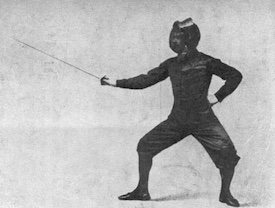GearMe
Headphoneus Supremus
- Joined
- Feb 17, 2013
- Posts
- 4,571
- Likes
- 8,310
That is of course absolutely fair and accurate, however, you must have had a situation somewhere in your own position as a consumer where you have made a purchasing decision based on something other than only strict technical suitability.
Perhaps you bought amplifier A instead of B despite that it cost $250 more simply because it would match the aesthetics of the speakers and would therefore be nicer to own for reasons that have nothing to do with technical performance.
Even if was outside of audio, do you drive a very basic car that is the smallest size that will transport the number of passengers and luggage that you need or do you drive something a nicer simply because it is nice to have and gives you pleasure not just transports you from one place to another. That is not really a lot different to our man using audio files that do nothing except give him more enjoyment for technically intangible reasons. If you drive a nice car that cost $50,000 there are probably folks that shake their head at you because they see it as pointless money, a $5,000 car would achieve technically the same purpose.
If not, perhaps you should let your hair down
I honestly can’t think of anything I’ve ever bought for reasons other than function. ....

Just sayin' you're an uber-rare consumer if this is true across every purchase category!

























